
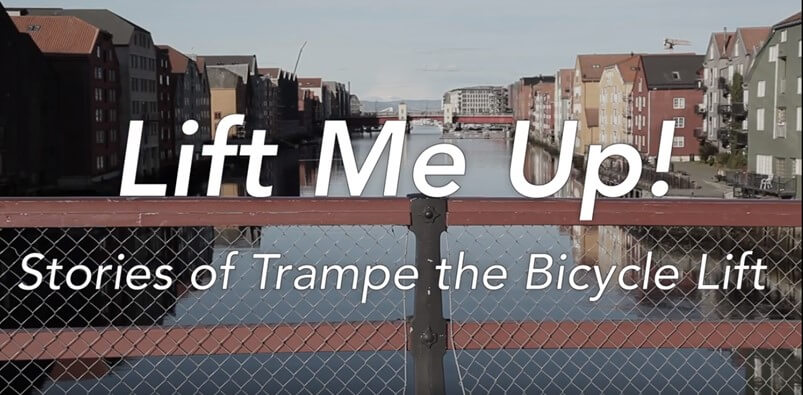
Lina Ingeborgrud;
Lina Ingeborgrud; Ivana Suboticki, Norwegian University of Science and Technology; Vivian Anette Lagesen, NTNU; Jonas Hustad, Brillefilm
"'Lift me up!' Engaging publics through film We intend to experiment with our short STS documentary entitled ’Lift me up! A story about Trampe the bicycle lift‘. The goal of the film is to introduce STS concepts, such as domestication, through an engaging case study. We want audiences to watch the film and explore how watching instigates further analysis and debate about technology and society relations."
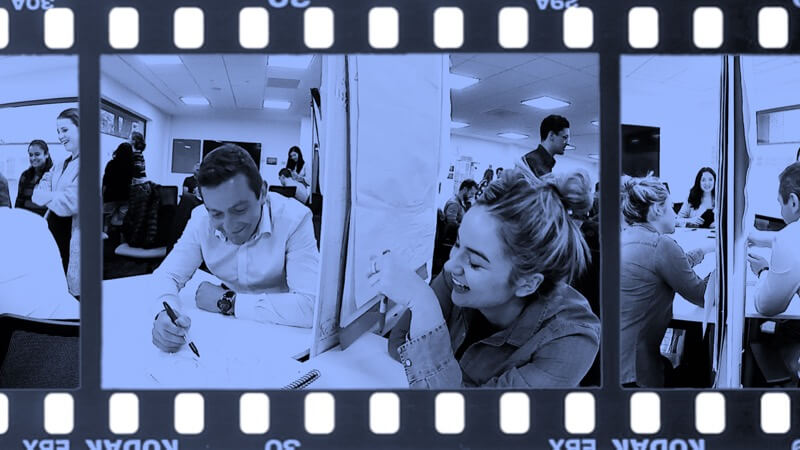
Allen Higgins, University College Dublin
"Involving over 50 creative artists – Alphaville Arts produced multi-arts storytelling by atomic survivors – indigenous communities, service personnel and civilians affected by atomic testing. Includes two immersive projections: • 'Ngurini' (searching) – forced relocation and intergenerational response of Pitjantjatjara Anangu after Britain‘s atomic testing at Maralinga in South Australia. • '10 Minutes to Midnight' – re-imagining the Maralinga experiments using archival material and surround sound. 'Nuclear' explores 'unruly' elements of the A-bomb and ongoing experimentation that plays out in the changed lives of survivor communities and environments; also contextual knowledge and art-politics of the recent South Australian Royal Commission into nuclear industry."
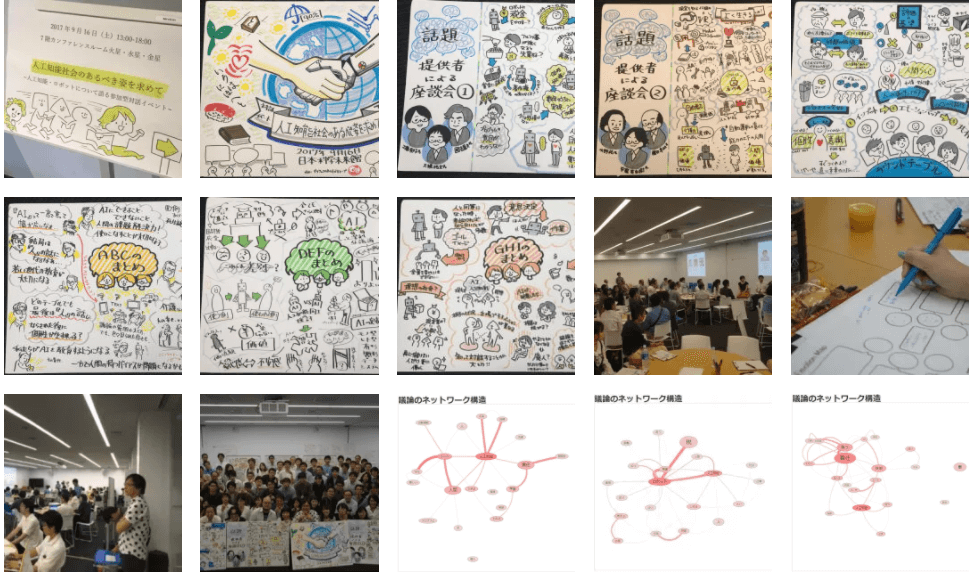
Arisa Ema
AI is pervasive throughout our daily lives and its ELSI were discussed by multi-stakeholders. An AI public dialogue event was held and various stakeholders were invited to participate in September 2017. The organizers emphasized the importance of beginning discussions from their own perspectives towards AI/robotics and used methodologies and tools that helped to express their emotions and values. In addition, the event was meaningful for bridging AI/robotics, social science, and humanities societies that never had a connection before. This collaborative culmination was based on grassroots discussions. This interdisciplinary dialogue and network continues in Japan.
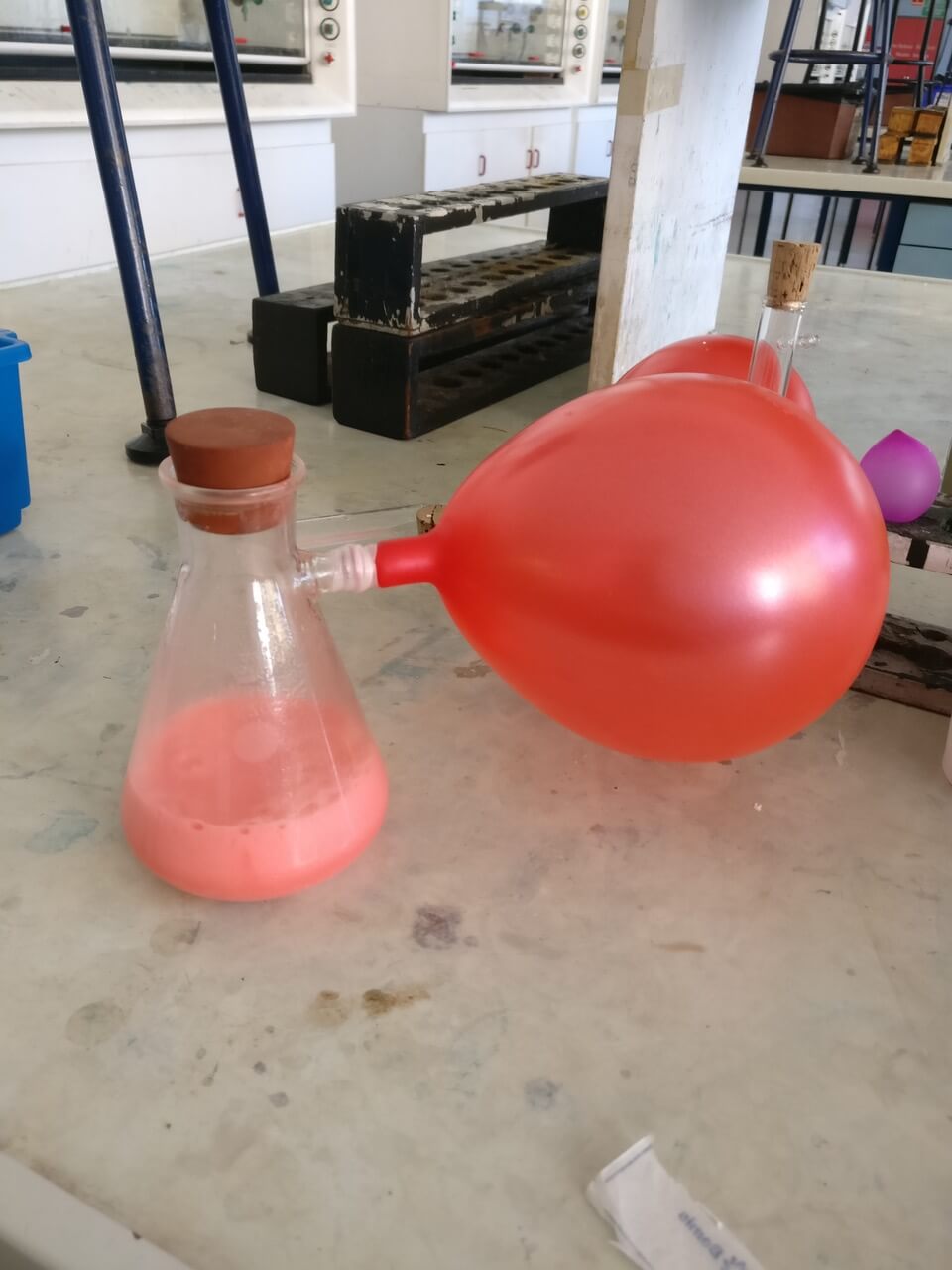
Alice Williamson, The University of Sydney; Annabelle Buda, The University of Sydney
"Science and technology are practical subjects and demonstrations and experimentation go hand-in-hand with theoretical subject knowledge. Time pressures, limited resources and low confidence are among reasons cited for minimal practical content in schools. Inspired by the success of ’meal kit‘ services that deliver subscribers food ingredients and recipes for preparation into fresh meals, The Modern Chemistry Set team have done the same for science. We are building a ’science kit‘ service for primary school teachers with ’ingredients‘ and ’recipes‘ that are ready to be cooked up into a nourishing inquiry-based science lesson."

Peter Taylor;
Peter J. Taylor, UMass Boston
Collaborative Explorations (CEs) aim to support and build trans-national community beyond formal programs of study and engage participants in deep and meaningful self-directed learning inquiries. Since 2013, the graduate programs in Science in a Changing World and in Critical & Creative Thinking at UMass Boston have hosted more than 30 CEs with participants across the globe.
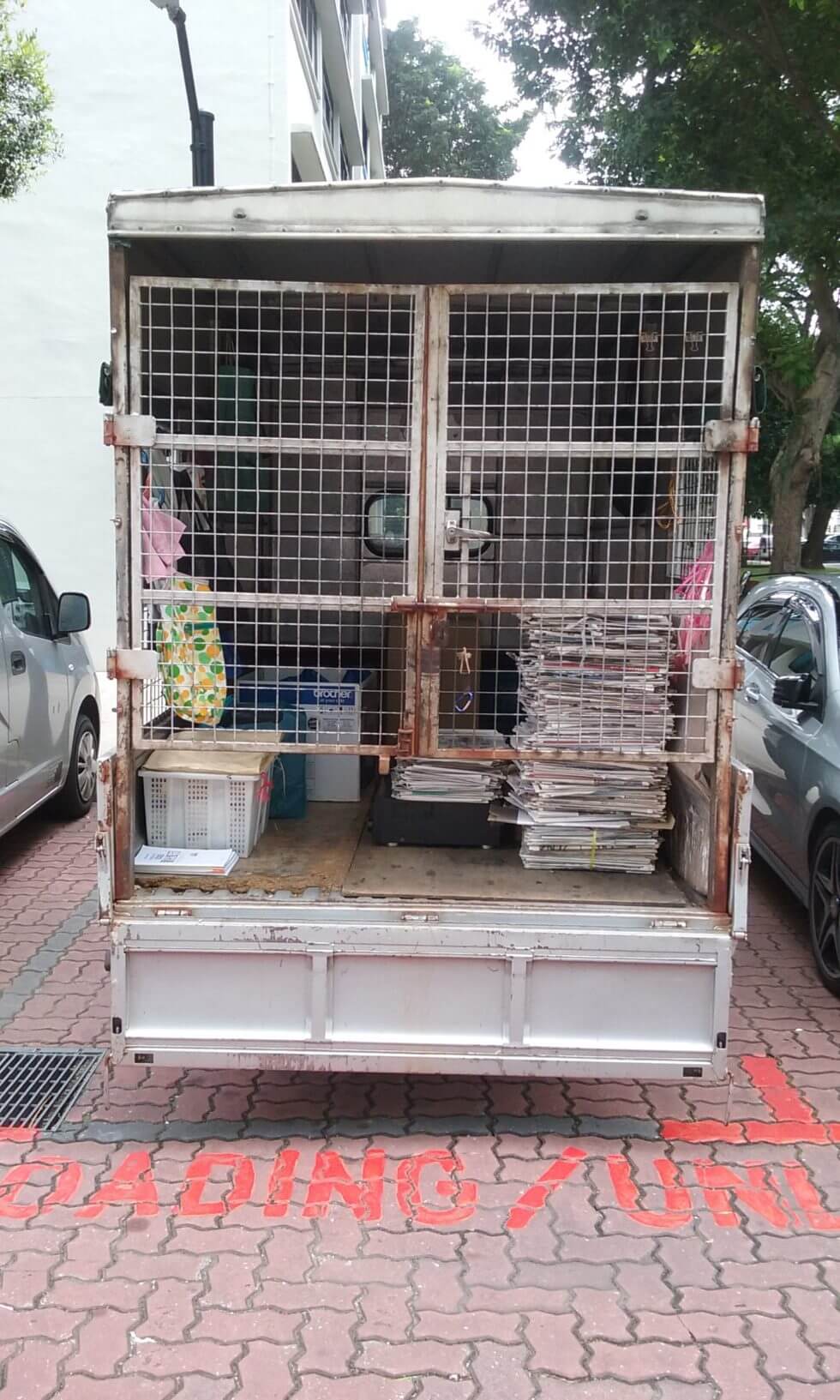
Lyle Fearnley, Singapore University of Technology and Design
Singapore's last remaining landfill on Semakau islland will be full in 2035. Two decades ago, the government introduced a National Recycling Program to increase domestic recycling rates, yet recycling remains low. However, Singapore also has a longstanding informal recycling sector, known as karang guni (Malay for 'gunny sack'). Modernization narratives suggest that large-scale, centralized, big-technology--such as Material Recovery Facilities (MRFs)--will outperform and replace the informal karang guni. This presentation describes an experiment drawing on participatory design practices to introduce a mobile app platform into the karang guni system. A collaboration between anthropologists and engineers, the experiment will test how digital technologies might transform informal recycling networks, challenging the inevitability of trajectories toward big technology and tracking how digital technologies transform informal recycling networks.
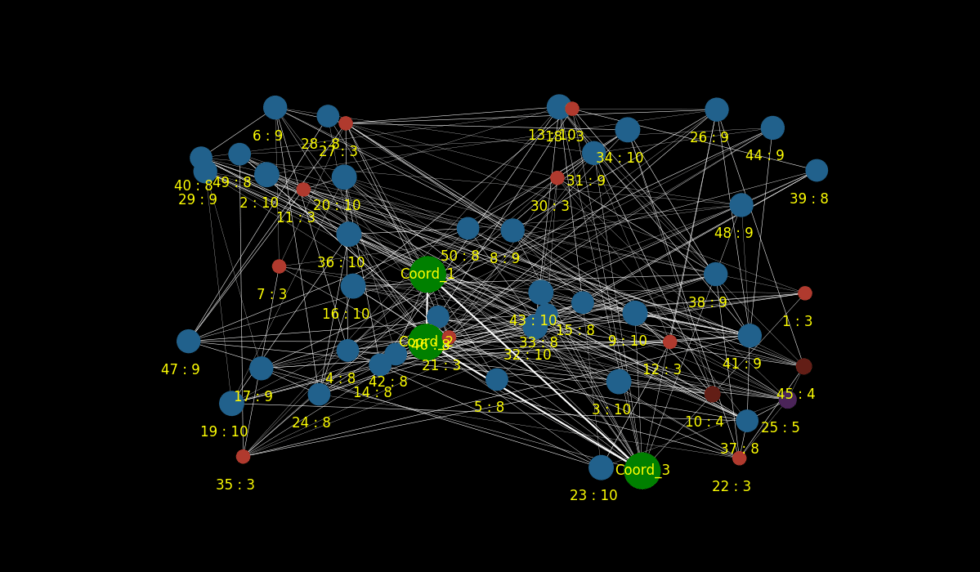
Sulfikar Amir, Nanyang Technological University; Fredy Tantri, Nanyang Technological University; Justyna Katarzyna Tasic, Nanyang Technological University
Informed by the STS sociotehnical framework, this presentation exhibits the construction of resilience through a hybrid entity whereby social, organizational, and institutional conditions are combined with the state of technical and material durability. The presentation aims to experiment with sociotechnical resilience, drawing on Amir and Kant's (2018) characterization of sociotechnical resilience in three terms, namely sociomaterial structures, informational relations, and anticipatory practices. These three aspects of socitechnical resilience are translated into an agent-based model built upon the actor-network approach.
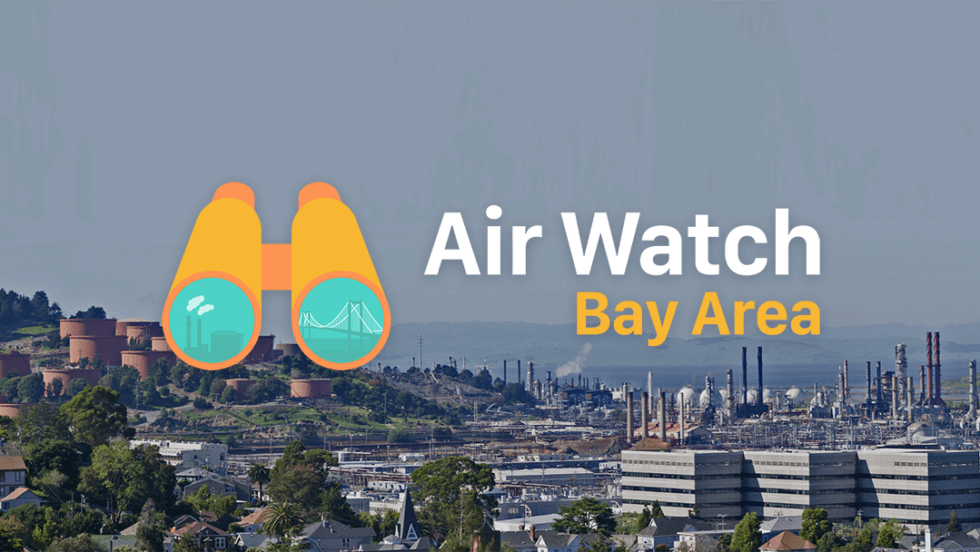
Gwen Ottinger, Drexel University
Meaning from Monitoring aimed to prototype a more empowering information infrastructure for communities with access to real-time air monitoring data. Intended to surface new insights from data and possibilities for action, airwatchbayarea.org has been of limited use in environmental justice activism, which may not call for additional data. Better aligning data with activists‘ strategic analyses requires attention to the ways that data infrastructures, including those intended for systemic change, tend to reinforce technocratic frames.
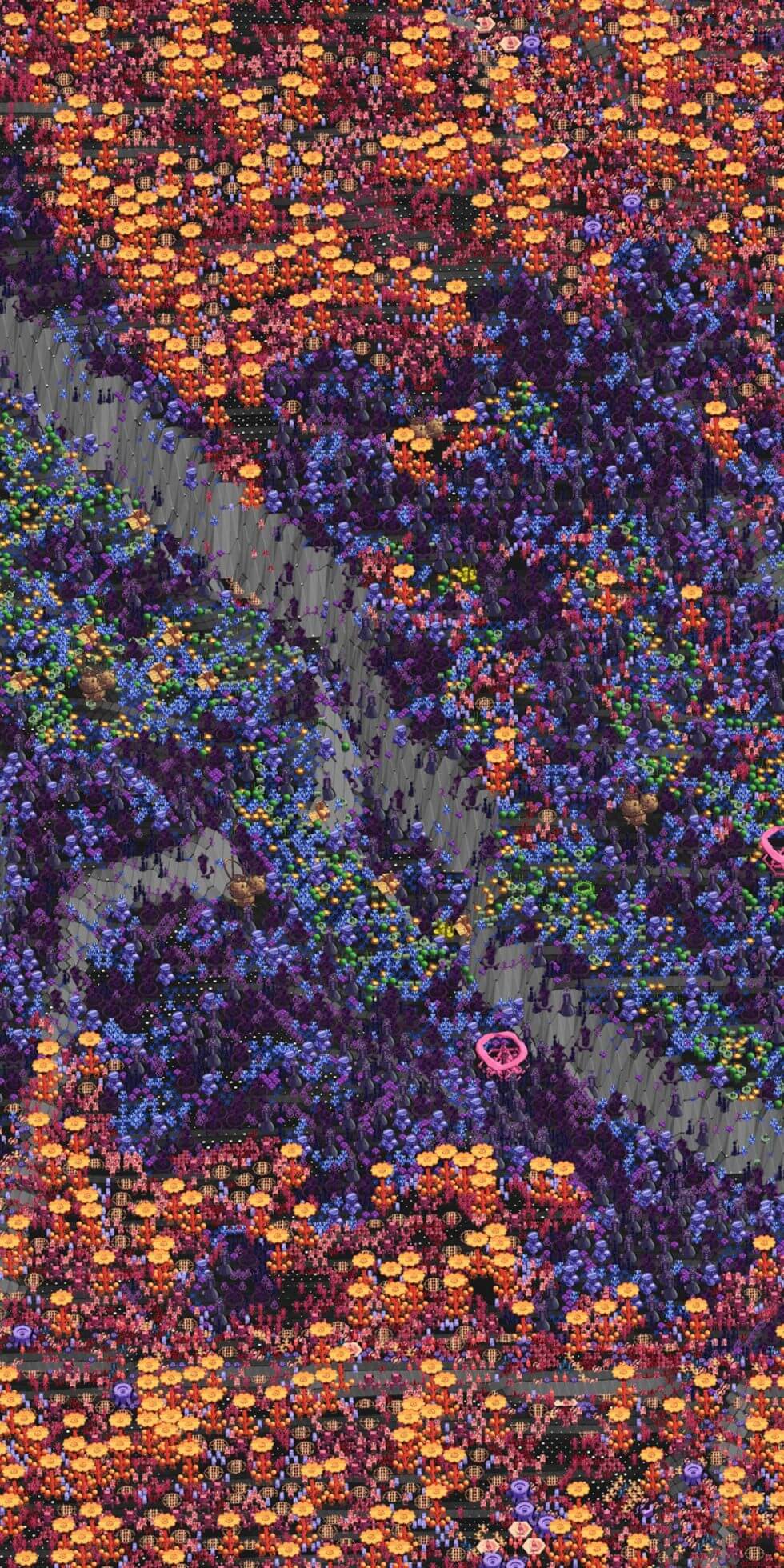
Alexander Holland;
Alexander Holland, University of Melbourne
The session explores the intersection of design and technology as a method to engage complex systems. Using insights generated from racing colonies of virtual mould across parks and codesigning bike infrastructure through digital games, it will produce an interactive performance. Extending the research into visualisation, interactivity and simulation, this event will examine what can emerge when design moves away from making static objects and instead playfully immerses stakeholders into integrated socio-cultural systems.
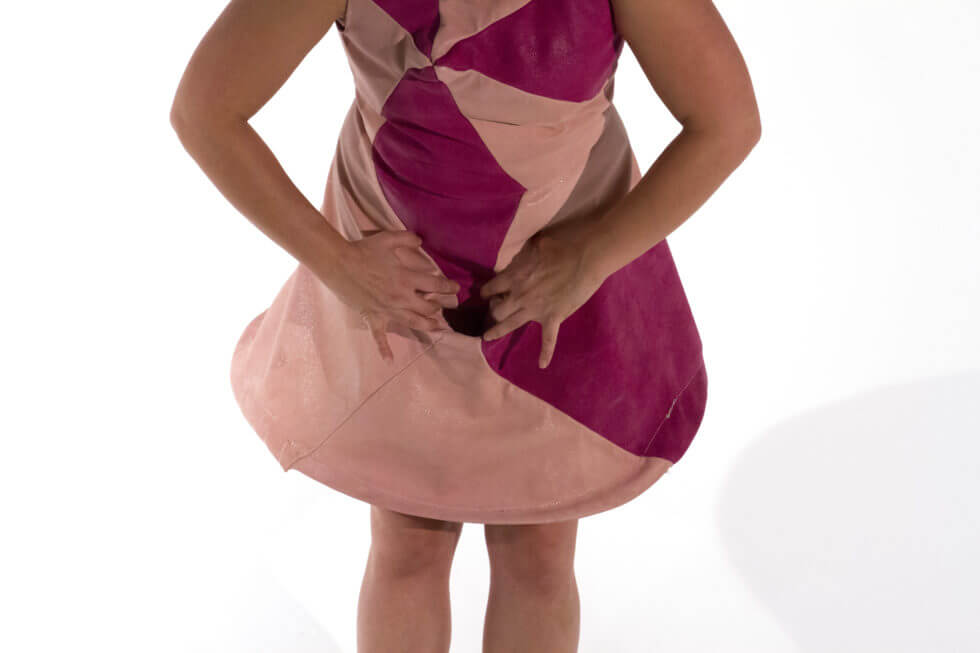
Stephen Molldrem, The University of Michigan; David Nasca, Artist; Kate O‘Connor, University Of Michigan, Ann Arbor
This booth will showcase the planning process for Science (Is Not) Fair, an event which will take place in Fall 2018 in Chicago, IL. Science (Is Not) Fair is a one-day hybrid art exhibition and academic symposium that focuses on how queer identities and bodies are shaped, affected, and often ignored by science, design practices, and biomedical systems. Our booth will include process visualizations and copies of an open-source Manual for Instigating Queer or Otherwise Radical Science Fairs: A Guide for Hustlers and Program Managers. This technical assistance document will be written as a Health Fair Manual, a genre of public health grey literature.
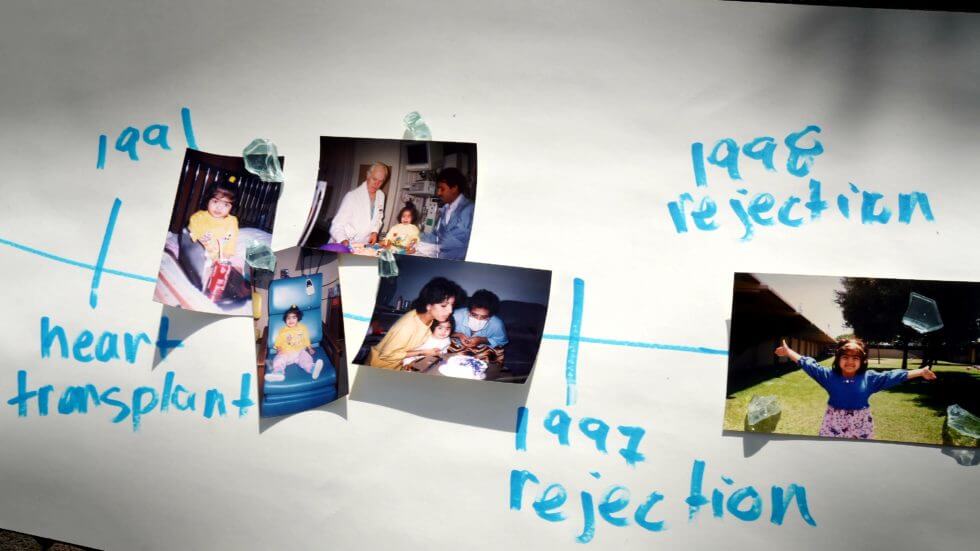
Nadine Tanio;
Nadine Tanio, UCLA, Graduate School of Education and Information Studies
My work explores how young heart transplant patients envision, articulate and navigate their transition from pediatric to adult medical care, from childhood to adulthood. I share work from an ongoing collaborative youth media research project that explores how young people transition, translate, and transform their personal experiences to shared situated knowledge. Through video shorts crafted to teach others (peers, medical and family caregivers, other transplant patients and educators) and a discussion of storytelling practices, I reflect on how narratives of positionality, of practice, and of pedagogy create communities for learning and living within the transitory spaces of high-tech modern medicine.
Transforming the standard blackbox of time
Barbara Bok, Swinburne University of Technology
With this prototype exhibit I want to intervene in the invisible but ubiquitous work that is constructing contemporary (standard) time that is embedded in STS scholars‘ practices and the phenomena they study. It is part of my project of transforming people's relationships with the future by generating opportunities for remaking the work of standard time. An array of displays of time-making accounts makes the work of constructing and imposing standard time perceptible. Activities stimulate participants to identify characteristics of standard time, examine and reflect on the effects of different time-constructing practices, and uncover unacknowledged assumptions and effects as they explore new time-making practices.
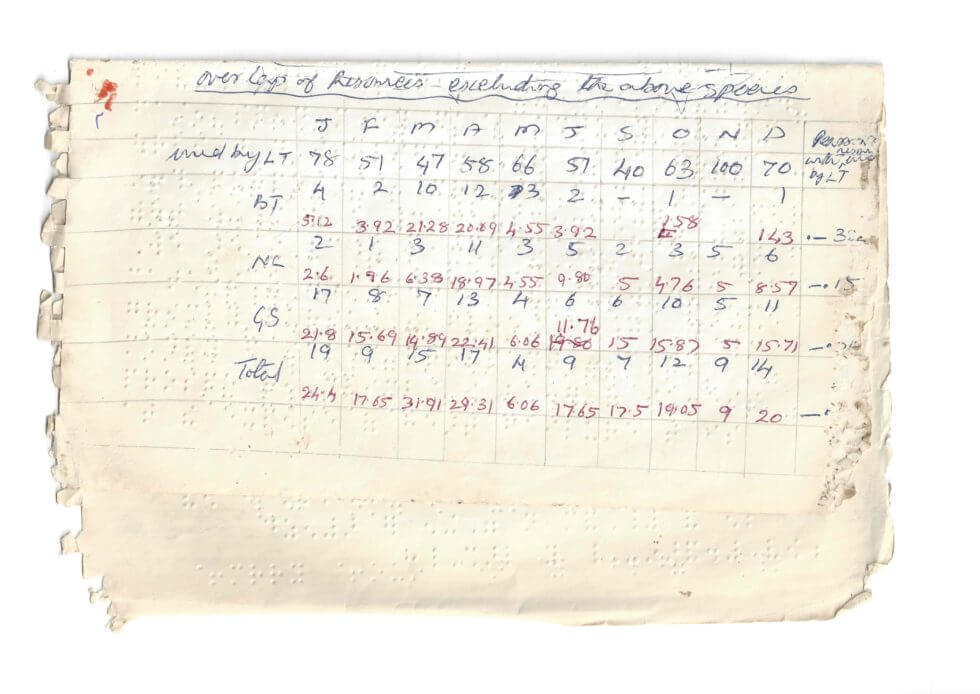
Venkat Srinivasan, Archivist
The best indication to the vitality of an archive is its ability to shed light on context and process, and on the connections between memory, database and the narrative. The word that connects all these ideas to the archival object is annotation. It is through annotation/classification that we come to understand how memory can be boxed into an archival object, and it is through annotation/description that we begin to realize how an archival object can sit in diverse narratives. We are working on two digital tools to display this. One is Milli, a story building portal. Another is Specere, a dynamic and weighted annotation tool.
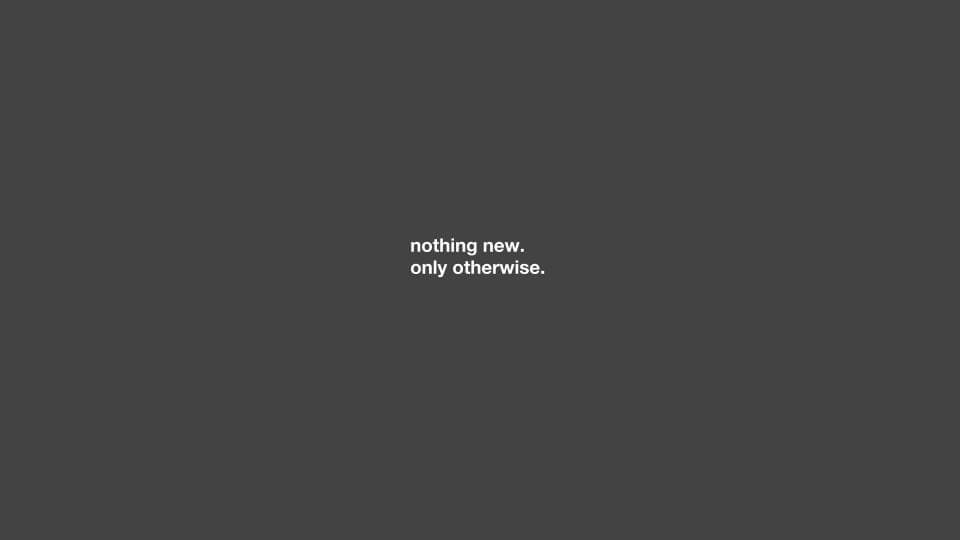
Sankalp Bhatnagar, The New School
This presentation formulates three concepts—end-ups, else-organising systems, second-order users—in order to confront challenges of design, in relation to its unintended consequences on institutions throughout society.
